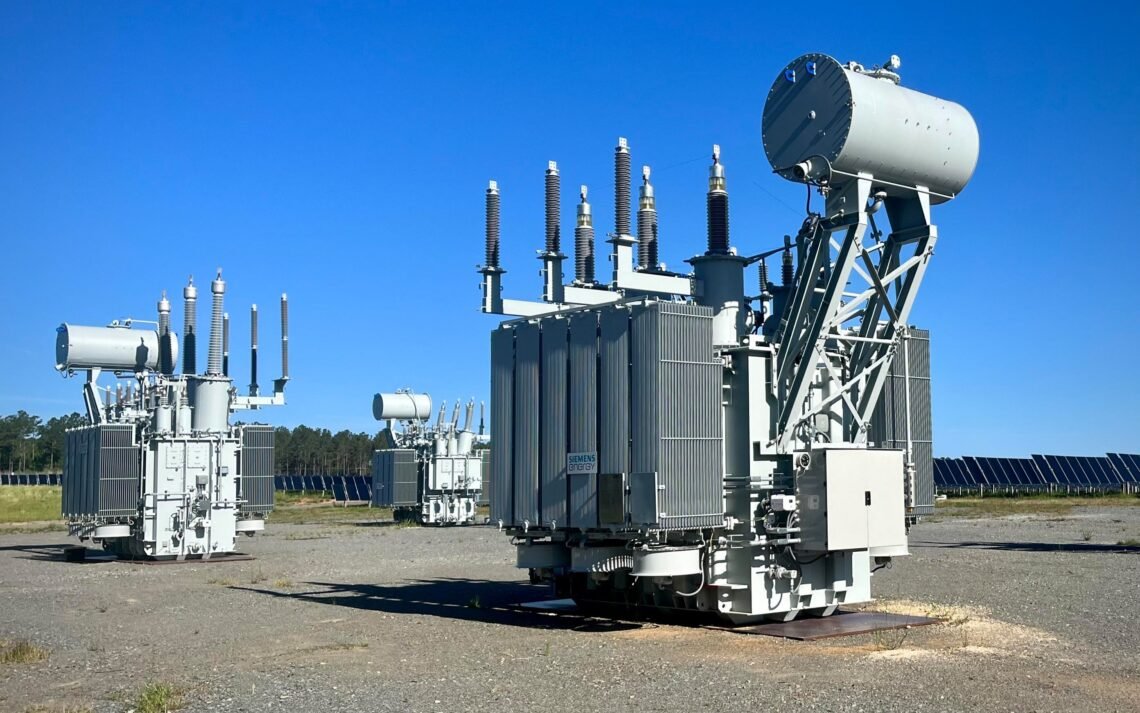In modern electrical infrastructure, ensuring safety is not only about sophisticated equipment or automation—it also relies heavily on the integrity of components that often go unnoticed. Among these, power system connectors play a vital yet underappreciated role. These components act as the link between various electrical parts, facilitating seamless power transmission while preventing faults that could endanger lives, damage assets, or disrupt services. Understanding the connection between electrical safety and the quality of connectors is essential for industries, infrastructure developers, and electrical contractors aiming to build robust and secure power systems.
Why Connectors Matter in Power Systems
Power system connectors are used to join cables, conductors, and equipment in both high- and low-voltage installations. They ensure electrical continuity, reduce contact resistance, and maintain mechanical strength over time. Poor-quality connectors can degrade due to heat, corrosion, or vibration, leading to loose connections, arcing, or even electrical fires. In contrast, high-quality connectors improve safety, system performance, and reliability. In critical installations such as substations, data centers, and industrial plants, even a small failure at the connector level can cascade into major operational breakdowns. Hence, connectors are not just accessories—they are safety enablers.
The Safety Risks of Inferior Connectors
One of the most common causes of electrical faults is a loose or deteriorated connection. Substandard connectors may not hold conductors firmly or might be made from low-grade materials that cannot withstand thermal cycling. These defects often lead to overheating, insulation breakdown, and in severe cases, fire. Moreover, poor connections may cause voltage drops, energy losses, and unpredictable system behavior. Installations that prioritize cost over quality in connectors may appear economical initially but can incur high maintenance costs, downtime, and safety risks over time. Therefore, using certified, high-quality connectors is a non-negotiable part of electrical safety planning.
Key Characteristics of High-Quality Connectors
A high-quality power system connector is defined by its material, design, compliance with standards, and ease of installation. Conductive metals like copper or tinned brass are commonly used for better conductivity and corrosion resistance. The connector’s design should allow secure mechanical fit and thermal stability. Look for products that are tested under IEC or IS standards to ensure performance reliability. Ease of installation also matters—if a connector is too complicated or requires special tools, improper installation becomes more likely, defeating the purpose of safety. Additionally, proper insulation and environmental protection (like IP-rated enclosures) increase durability and reduce maintenance needs.
Role in Electrical Panel Installations
One of the critical areas where connectors determine overall safety is in electrical panel installation services. Panels are central nodes in any power system, containing switches, breakers, and meters. Connectors in panels must handle multiple loads, switching currents, and environmental conditions. A single failure here can lead to extensive damage, blackout, or equipment malfunction. Hence, using high-quality connectors during panel installation ensures long-term stability and compliance with safety regulations. For reliable services in this domain, companies like Electrical Panel Installation Services are equipped with the expertise and standards to carry out installations that prioritize connector integrity and overall system protection.
Importance in Industrial and Commercial Systems
In industries, connectors must withstand harsh conditions like vibrations, heat, moisture, and heavy electrical loads. Similarly, in commercial buildings, connectors ensure safety in lighting systems, HVAC units, elevators, and more. Low-voltage connectors, grounding connectors, and busbar joints must be carefully selected and installed. Ignoring connector quality in these applications can lead to serious incidents including electric shock, fire, and equipment damage. Electrical consultants and project managers must therefore ensure that connector specifications align with application requirements and environmental conditions.
Regular Maintenance and Testing
Even the best connectors can fail if not properly maintained. Periodic testing, torque checking, infrared scanning for hot spots, and visual inspections should be part of every electrical safety program. Corrosion, wear and tear, or loosening due to thermal expansion can affect connector performance over time. Maintenance ensures early detection of issues and prevents unexpected shutdowns or accidents. Also, during upgrades or retrofitting of old systems, connectors must be evaluated and replaced if they don’t meet current safety or load requirements.
Partnering with Experts for Safe Installations
Choosing the right partner for electrical installations and component selection is crucial to ensuring long-term safety. Manikaran Enterprises, a trusted name in the field, brings deep technical expertise and strict quality assurance practices to every project. From design to execution, they ensure that each connection—literally and figuratively—supports the system’s efficiency and safety. As a Top Electrical Solution Company in Rajasthan, they have consistently delivered reliable solutions across industrial, commercial, and infrastructure sectors.
Conclusion
The link between electrical safety and the quality of power system connectors is undeniable. While connectors may seem like a minor component in a vast electrical network, their failure can trigger significant risks. Investing in premium-quality connectors, following standard installation practices, and partnering with expert service providers are essential steps toward a safe and dependable power system. As industries continue to demand higher efficiency and uninterrupted performance, it’s time to shine the spotlight on connectors—the small yet powerful heroes of electrical safety.





